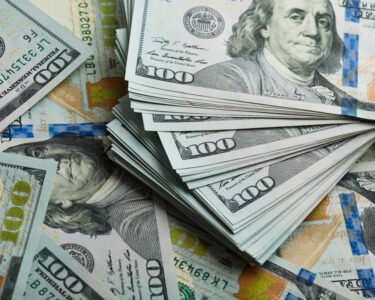Unwinding of the yen carry trade was blamed for exacerbating the Aug. 5 stock-market selloff. Since then, Wall Street analysts have been trying to gauge the size of the trade at its peak, in order to assess how much of it might be left standing.
The latest attempt comes courtesy of a team of analysts at UBS Group, and it caught our eye due to the novel approach used.
Rather than looking at data on cross-border borrowing in Japan, the UBS team relied on a factor model to try and separate how much of the drop in the yen in 2024 had been driven by changes in interest-rate differentials and equity prices, and how much had been driven by other factors like, say, a buildup of short positions in the currency.
By separating out the exchange-rate impact of these various factors, the team arrived at the conclusion that, as of Friday, about 65% of short bets against the yen had been unwound.
A note shared with MarketWatch on Tuesday included another interesting conclusion. Like global government bonds, the Japanese yen has started to regain its status as a defensive asset that rises when stocks fall, and vice versa. The chart below maps the yen-equity correlation, along with the bonds-equity correlation. Both have recently retreated back into negative territory on a 50-day rolling basis.




